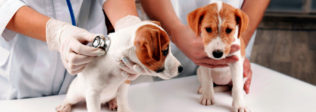Cute as they may be when your furry friend has bad breath it can make you want to keep them at arm’s length. You may wonder “how to get of dog’s bad breath” or “get rid of stinky dog breath”? We have put together a list of ten easy tips to help you get rid of bad dog breath and keep you both tail-wagging happy. We have everything from dental hygiene to commercial products, and DIY homemade remedies.
Now, who wants a kiss?
Preventing Bad Dog Breath
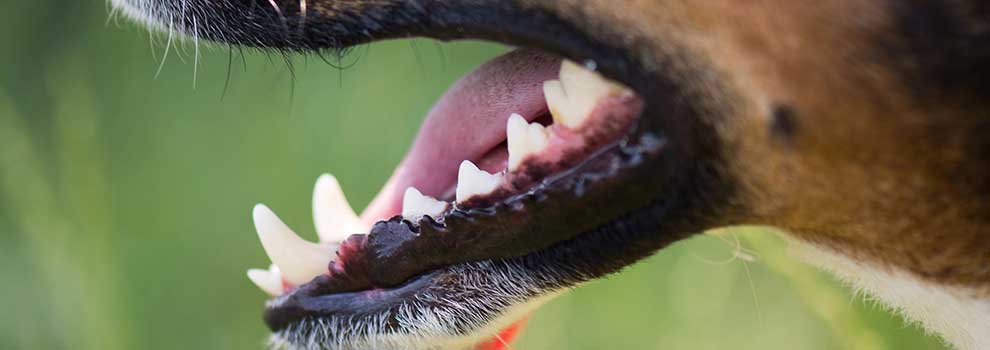
The best way to prevent bad breath in dogs starts with good oral hygiene and overall health. Regular brushing of your dog’s teeth is important. Try to have regular brushing with toothpaste specifically formulated for canines, as human toothpaste can be harmful to dogs. This not only helps remove plaque and tartar but also reduces the growth of bacteria that can cause bad breath. You can also provide your dog with dental chews and toys designed to promote chewing, which naturally helps clean teeth.
Ensure your dog has a balanced diet, and avoid giving them excessively sugary or unhealthy human foods, which can contribute to poor dental health. Regular veterinary check-ups are essential as well, as a vet can provide professional cleanings and check for any signs of dental issues or illnesses contributing to bad breath. Providing fresh water to keep them hydrated aids in keeping your dog’s mouth clean.
1. Oral Exam to Prevent Bad Breath
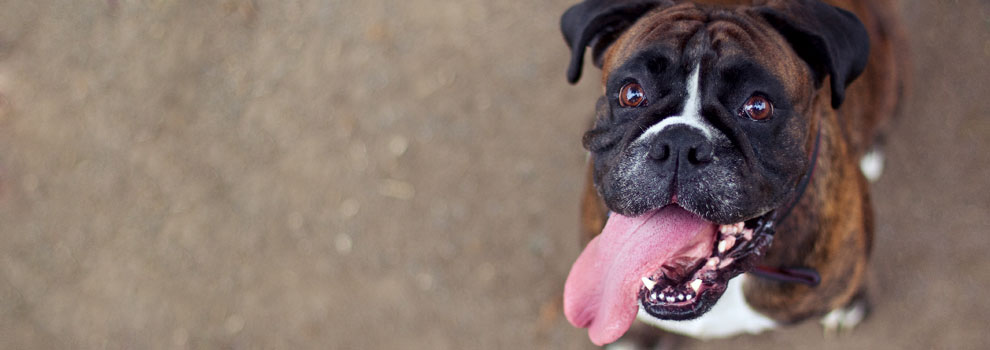
First and foremost it’s important to take your dog to the vet and have them give your dog a proper oral and physical exam. There the doctor can determine the source of the bad breath and give you some ideas about what can be done. There are times when a dog’s breath can be an early indication of something more serious so put your mind at ease and visit an AAHA approved vet first!
2. Leave It Up To the Professionals
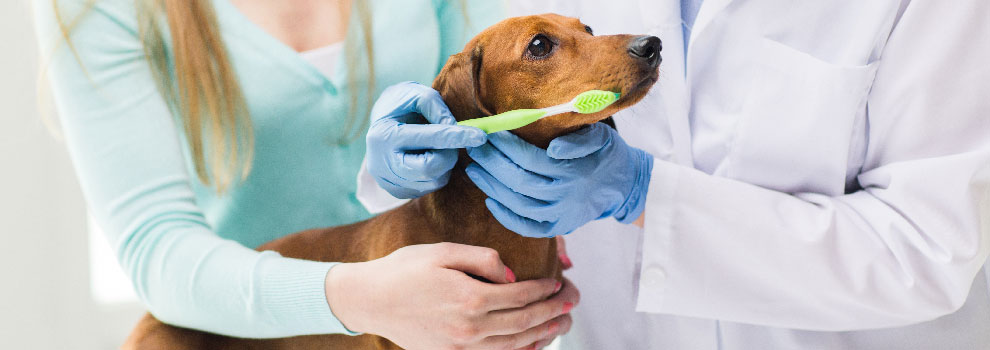
Schedule a professional cleaning for your dog through your vet. They will also be able to recommend the best therapy for dealing with a severe dental disease. Many times middle to older age animals will need tooth extractions to help remove the source of serious dental disease. It is important to remember that most dental problems have slowly developed over months, and many animals will feel much better once the diseased teeth are removed.
The teeth that seem the most affected by dog dental diseases are the upper chewing teeth, so most animals with a severe dental disease have adapted to not chewing their food, so even when those teeth are gone our pets can easily eat their original diets once the mouth has healed.
While this can be one of the more pricey options on this list, a professional cleaning will ensure your dog gets the best cleaning with professional equipment that will smooth the tooth’s surface, remove plaque and tartar, and polish the teeth. Cleaner teeth equals fresher breath. As a general guideline, smaller breeds require more frequently in their lifetimes compared to larger breeds, but your vet will be able to determine your pet’s needs.
3. Brush Their Teeth
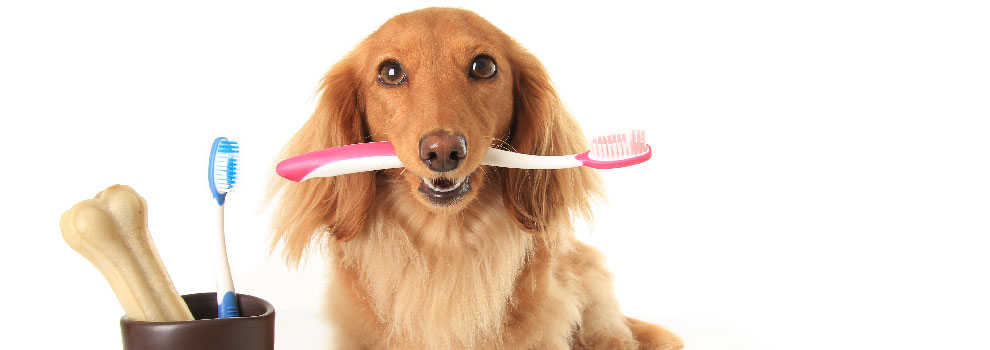
One home remedy is to regularly brush your dog’s teeth. This will help keep plaque and tartar from building on their teeth and keep their breath smelling fresh and clean. Be sure to use a veterinarian approved plaque enzyme toothpaste. These work by applying the paste to the outside of the teeth and massaging the gums with a pet toothbrush. This process should only take 30 seconds or less if your pet will hold still with training. The plaque enzyme toothpaste works best with daily or every other day brushing; the enzyme attacks the soft plaque which hardens in 2-3 days.
The best time to start brushing your dog’s teeth is when they are/were a puppy. This helps them get used to it and will make it easier as time goes on. The second best time to start is today.
4. Healthy Diet
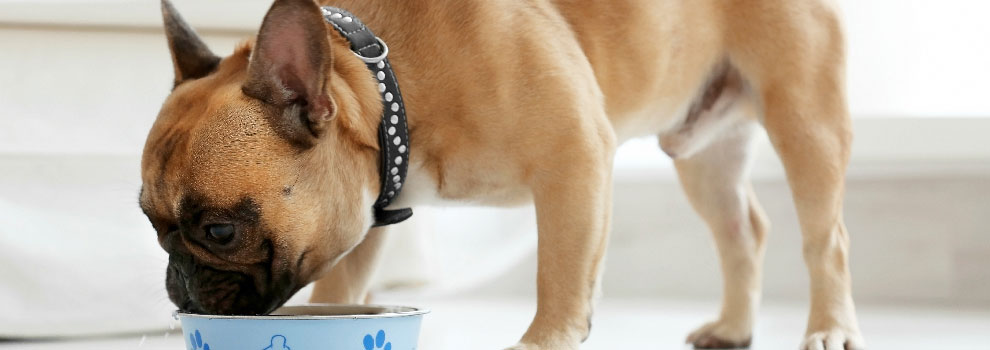
A dog’s diet can have a huge impact on their breath. Be sure that your dog is eating a balanced and nutritious diet. There are also dental health formulated diets that help slow down the effects of dental disease. Ask your vet about what dental diet options are available.
5. Give Them Something to Chew On
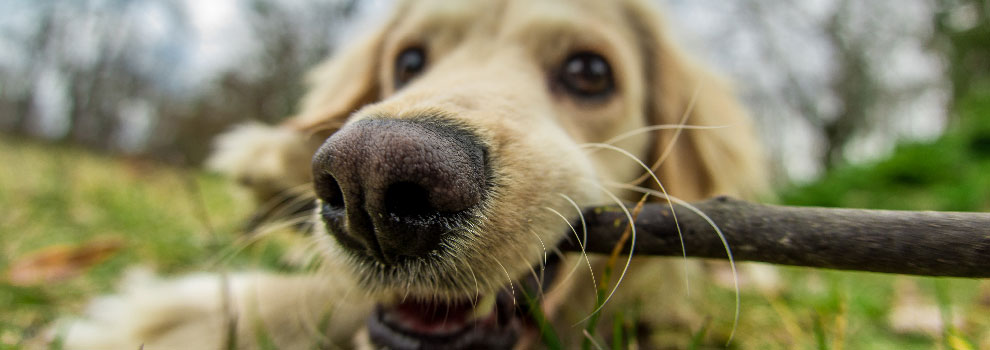
The action of chewing can physically remove plaque, loosen food particles, and relieve anxiety or boredom. There are a variety of commercial chews, toys, treats, and diets available. The Veterinary Oral Health Council (www.vohc.org) has a list of products that have the VOHC seal of approval.
Rawhide bones can help keep your dog’s teeth clean and breath smelling fresh by helping remove some of the plaque build-up; however, it is important to monitor and know your pet’s chewing habits. Any chew product, toy, or rawhide can cause a choking or obstruction hazard. If your pet tries to swallow large pieces of chews or toys then they are probably not a good option, talk with your vet for alternatives.
Animal bones in general are discouraged by veterinary dentists because they are too hard for the vast majority of dog teeth. They can also cause trauma when sharp pieces of bone are chewed or shallowed.
6. Look For Products that Contain Chlorhexidine
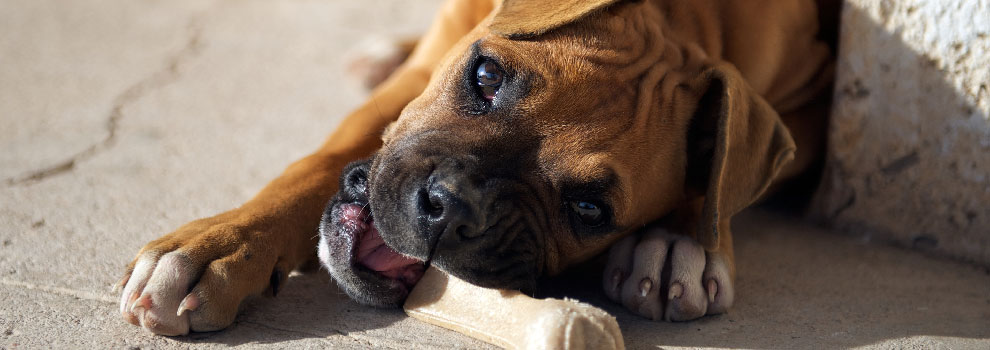
There are several rinses, foaming mouthwashes, and oral sprays on the market that contain chlorhexidine. This is an antibacterial that is great for cleaning and keeping clean your dog’s (and cat’s too!) mouth. Plus it’s the same thing they use at the vet.
7. Add Some Lemon to Their Water Bowl
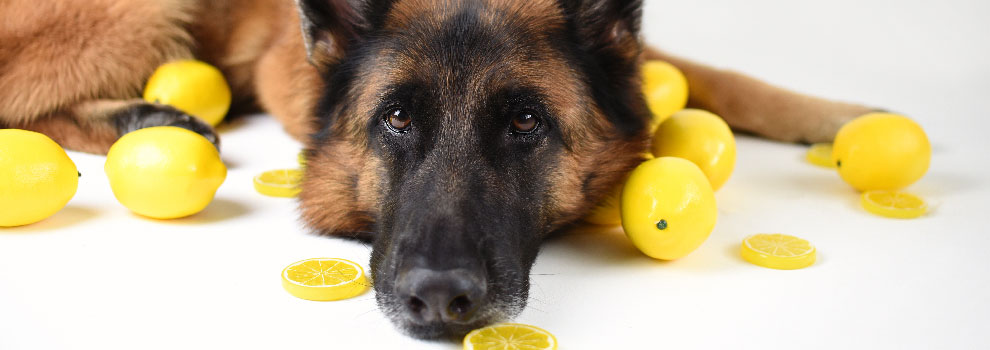
If you’re into all natural remedies, this one is for you. Squeeze a little bit of lemon into your dog’s water bowl in the morning to help clean and freshen their breath.
Be careful not to add too much or the water might not taste so good.
8. Try a Water Additive
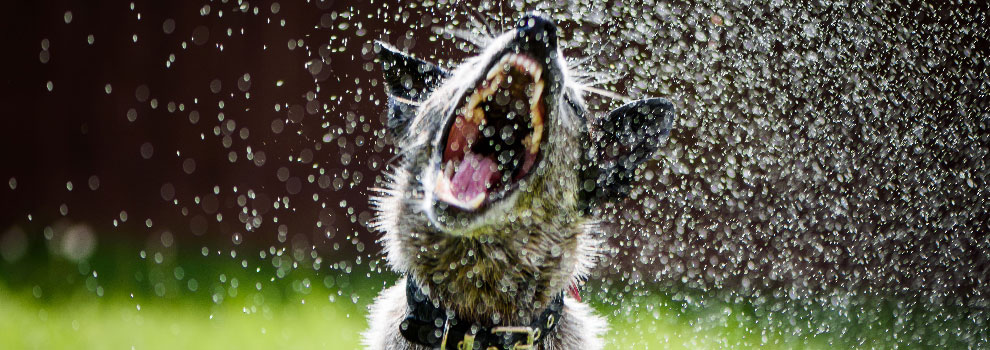
Also widely available on the market today are various water additives that make freshening your dog’s breath as easy as adding a few drops to their bowl in the morning. While this won’t quite replace good oral hygiene, (ie. brushing, and regular check-ups) it’s a great day to day solution. Remember to read labels and follow directions closely.
9. Add Toothpaste to Their Favorite Chew Toy
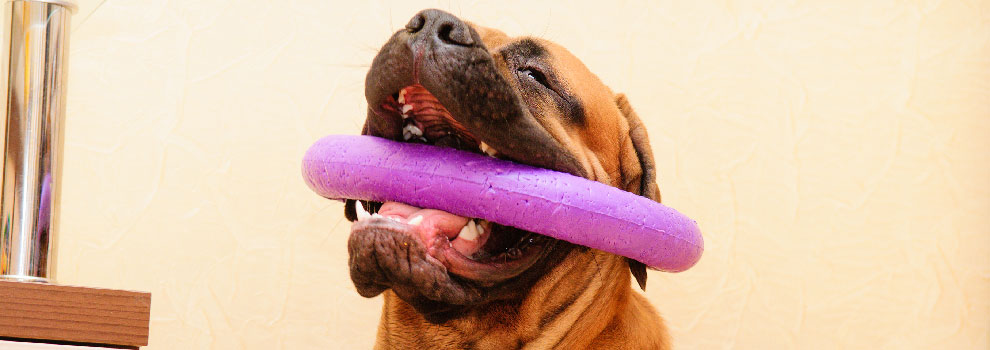
Your dog and his chew toy are inseparable. It’s there for him and just by adding a few dabs of toothpaste to it, it can now pull double duty. Not only with that help freshen their breath, but it can also help aid you in getting them used to the toothpaste. There are also commercial products that can be used as well. That will make their first brushing less traumatic for both of you!
10. Treat Your Dog’s Bad Breath
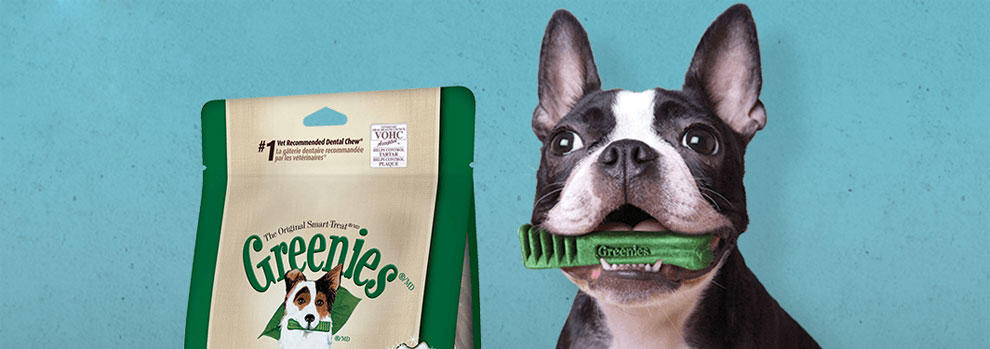
Brushing chews and Greenies are just a few of many different doggy treats designed to freshen your dog’s breath and keep their mouth healthy and clean.
Every dog deserves his treat, today make theirs one that will leave their breath fresh for all those thank you kisses coming your way.
Who’s a good boy?
Frequently Asked Questions
What causes bad breath in dogs?
Poor oral hygiene and periodontal disease are primary causes. Build-up of plaque and tartar fosters bacteria, leading to foul breath.
Can diet affect my dog’s breath?
Yes, certain diets, especially fish-based foods, can contribute to bad breath. Consider dental chews or specific diets recommended by veterinarians to help improve your dog’s breath.
What home remedies can help with my dog’s bad breath?
Regular tooth brushing, using dental chews, and adding breath-freshening water additives can be effective. Natural remedies like parsley may also help.
How often should I brush my dog’s teeth?
Ideally daily, but at least three times a week to effectively prevent dental disease and manage bad breath.
Can professional dental cleaning help?
Yes, professional dental cleanings under anesthesia are effective, especially if the bad breath is due to significant dental disease. You can schedule one with us.
Is it safe to use human toothpaste on my dog?
No, human toothpaste can be harmful to dogs. Always use toothpaste specifically formulated for dogs (Dr. Buzby’s ToeGrips for Dogs).
What should I do if I suspect my dog’s bad breath is due to a health problem?
Consult your vet immediately. Conditions like periodontal disease, diabetes, or kidney issues require professional treatment.
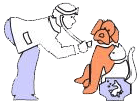 All About Pets
All About Pets 
